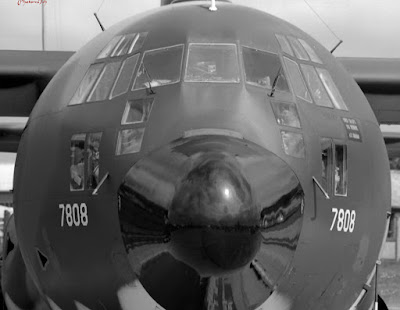Recently
black and white photography magazine has been celebrating it's
two hundredth edition which gave me impetus to rediscover what was in
some of those back issues. While thumbing through one issue, an
article about enlarging lenses caught my eye, reminding me that I
have been meaning to revisit the subject.
I
have written a couple of small articles: Enlarging lens and which aperture I re-read both
before writing this one so as not to repeat myself. But that is not
going to be easy as the main issue with enlarging lenses is quality.
The rule of thumb is to choose a lens of six or more elements. The
Componon-s and Rodagon are two modern designs that work very well -
they are two quality makes of the few still available new.
 |
| Looking down a focus finder at F5.6- F8 |
In
the 1970s Nikon special optics division set about producing a
darkroom lens second to none ( Apo-EL-Nikkors ). It was done in a one
off batch, releasing a number to the market over a ten year period
until they were all gone. It has been said that at the end of this
period they did consider doing another run but stopped doing so
because they would have had to sell the lenses for £12,000 each. I
do not know if this figure is true or not. If it is, it will have
made the original runs price in the thousands and therefore out of
the reach for most of us.
The
enlarging lens has one job to do and that is to project the the image
from the negative to the paper perfectly. The one hindrance to good
enlargement method and creativity is poorly maintained or ignorantly
used enlarging lens practice. It is not good enough to think if you
close the lens right down, like you would a camera lens, that you
will increase the sharpness of the image. The rule again is to close
the lens down by two F numbers. In a lot of cases this produces the
optimum sharpness. One stop more may result in a softening of the
grain structure. This does not mean that you will notice a softening
of sharpness with the mark one eye ball as the image is projected
onto the paper. Like a lot of things in photography the kit is made
to a greater quality than can be seen in normal life.
 |
| Focus finder |
Enlarging
lenses should not be treated as second class citizens as they are
several time better in quality than the camera mounted counterparts.
They do their best work in a very narrow range of magnifications. For
35mm negatives the lens is optimized to 10x its size which equates
to an enlargement of 10x8. As you go up the format scale this
decreases 6x6cm lenses 6x and 5x4in 4x magnification. As you push
past the optimal point it increases the possibility's of grainy
photographs. This is not to say you should not push beyond this
point as experience has shown. You can negate this by using ultrafine
film developers.
 |
| Grain at f11 |
How
do you see which is the best apertures to use? You need to complement
your lens with a good focus finder. This magnifies the grain of the
negative so you can see it. The best way to use the finder is to have
the enlarging lens fully open. Place the finder in the middle of the
baseboard. While looking down it at the grain, adjusting the bellows
until it separates into little defined specks. This will mean that
you now have fine focus.
While
still looking down the finder shut the lens down a stop at a time.
There will be a point where the look of the grain go's slightly soft
and becomes softer the more you close it down. You should remember
that you are still at optimum focus. To test this you can try to
adjust the sharpness in most cases it will get worse and become to
difficult to regain any sharpness until you go back to the optimum
aperture.
 |
| Grain at F16 looking down the focus finder. |
What
has been described above is my experience with one of my 35mm
enlarging lens. I will point out that it is not a well known make. It
is one I use often. The softening of the grain in the focus finder is
not transferred to a softer looking image on the baseboard that can
be detected with the naked eye but you will start to question
whether it is affecting the quality of your images. The only way you
will know is to borrow or buy a better quality lens and do a
comparison.
When
considering buying a lens you should spend as much as possible to
ensure that you get a good to very good lens. Knowledge that the lens
is not what you expected will impact on your photography
subconsciously.











